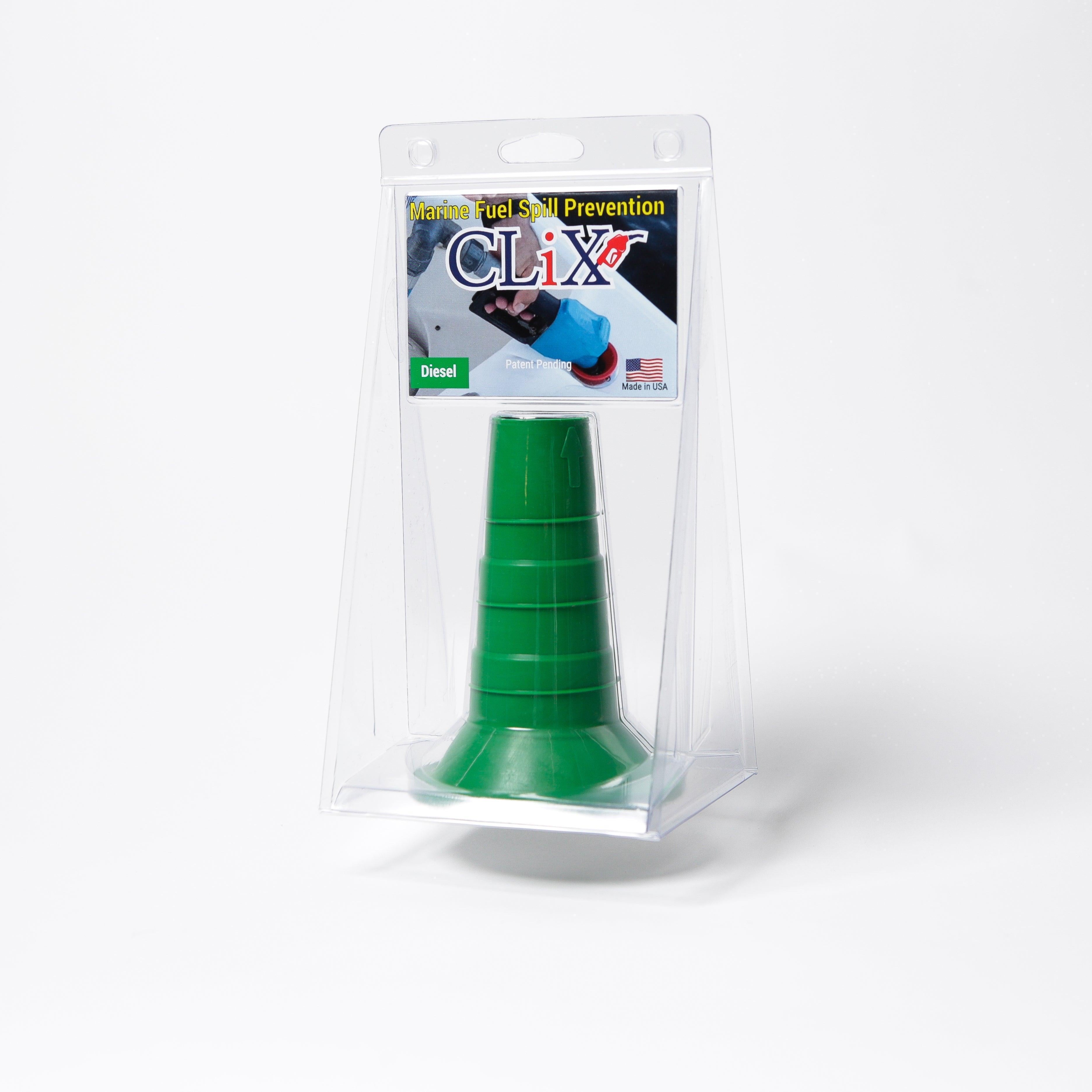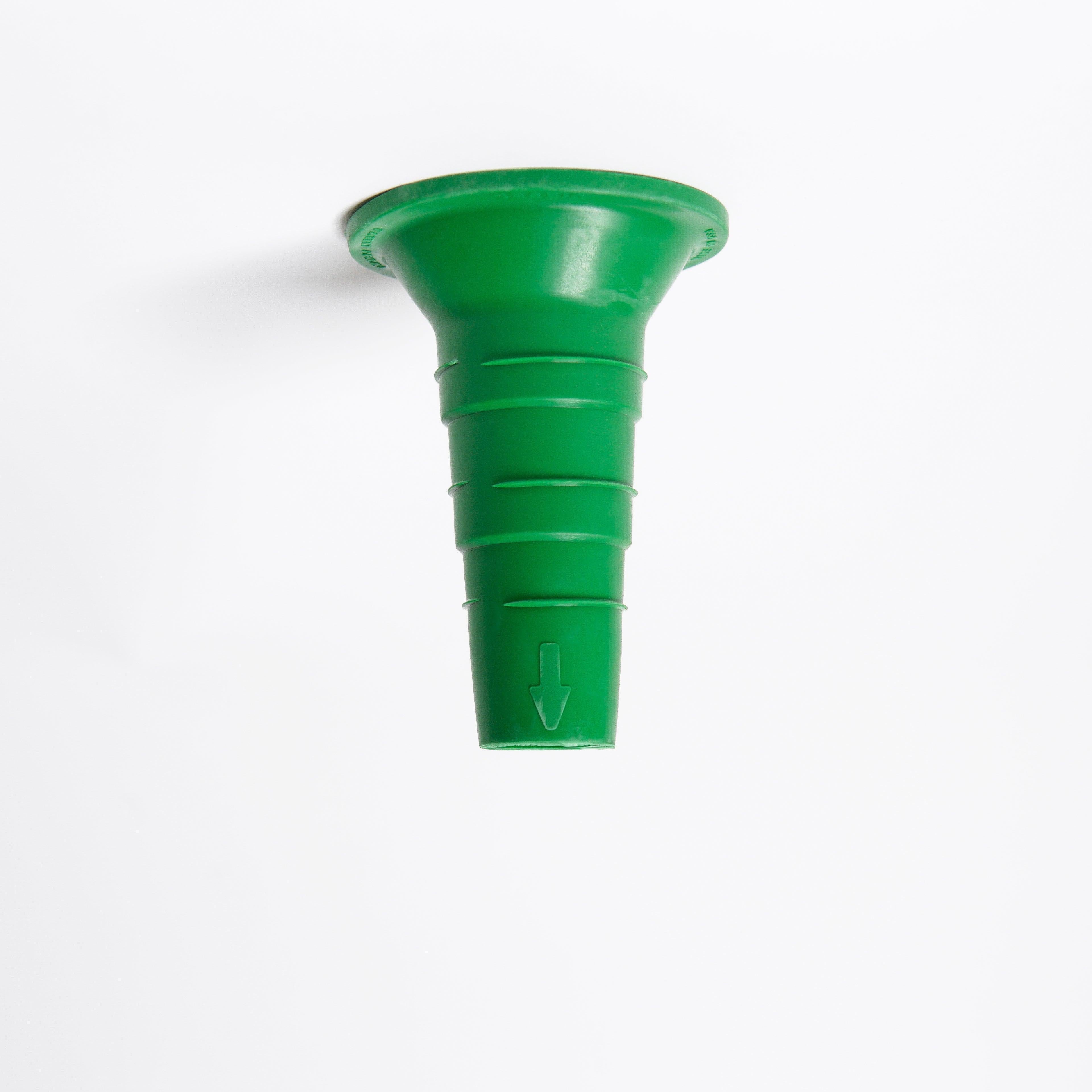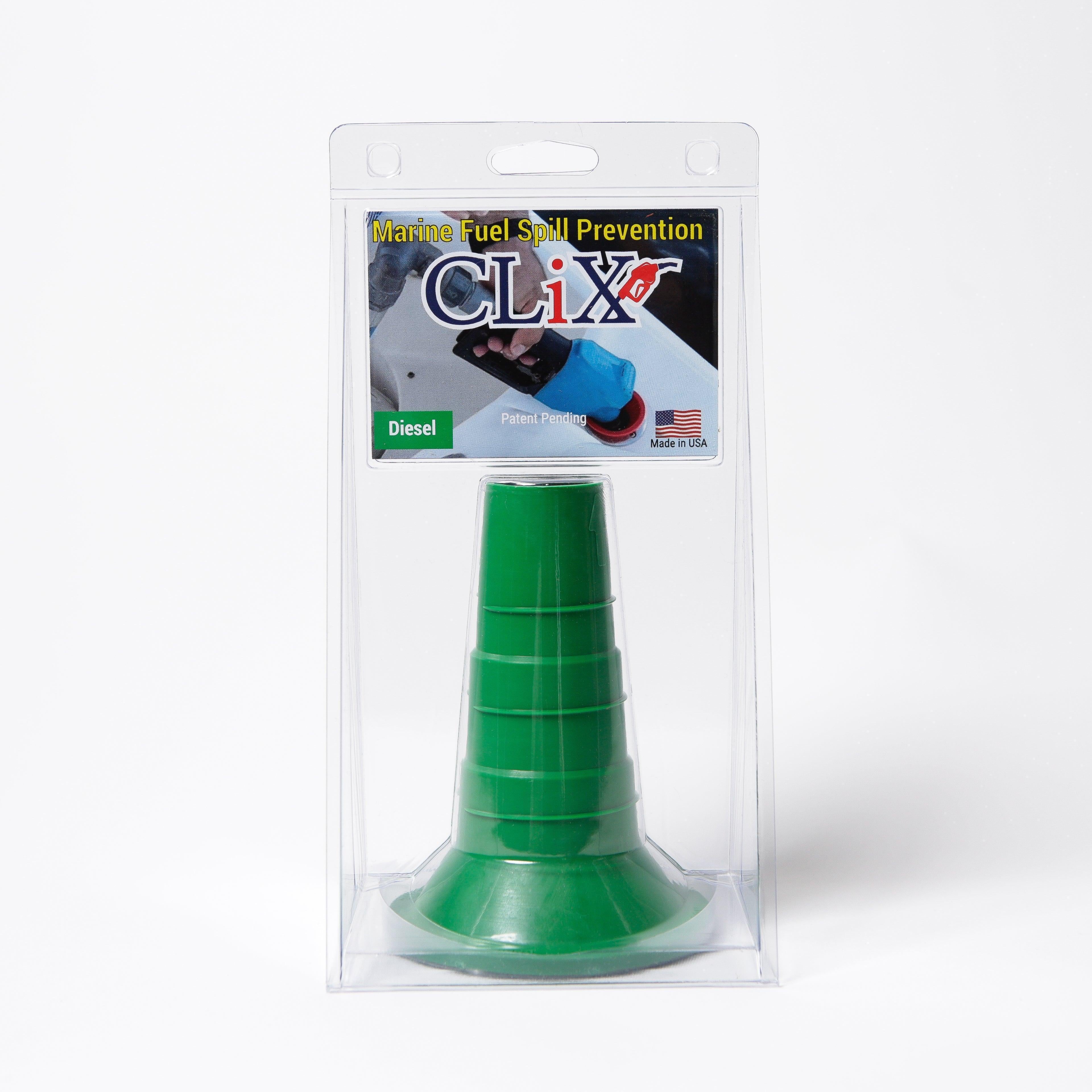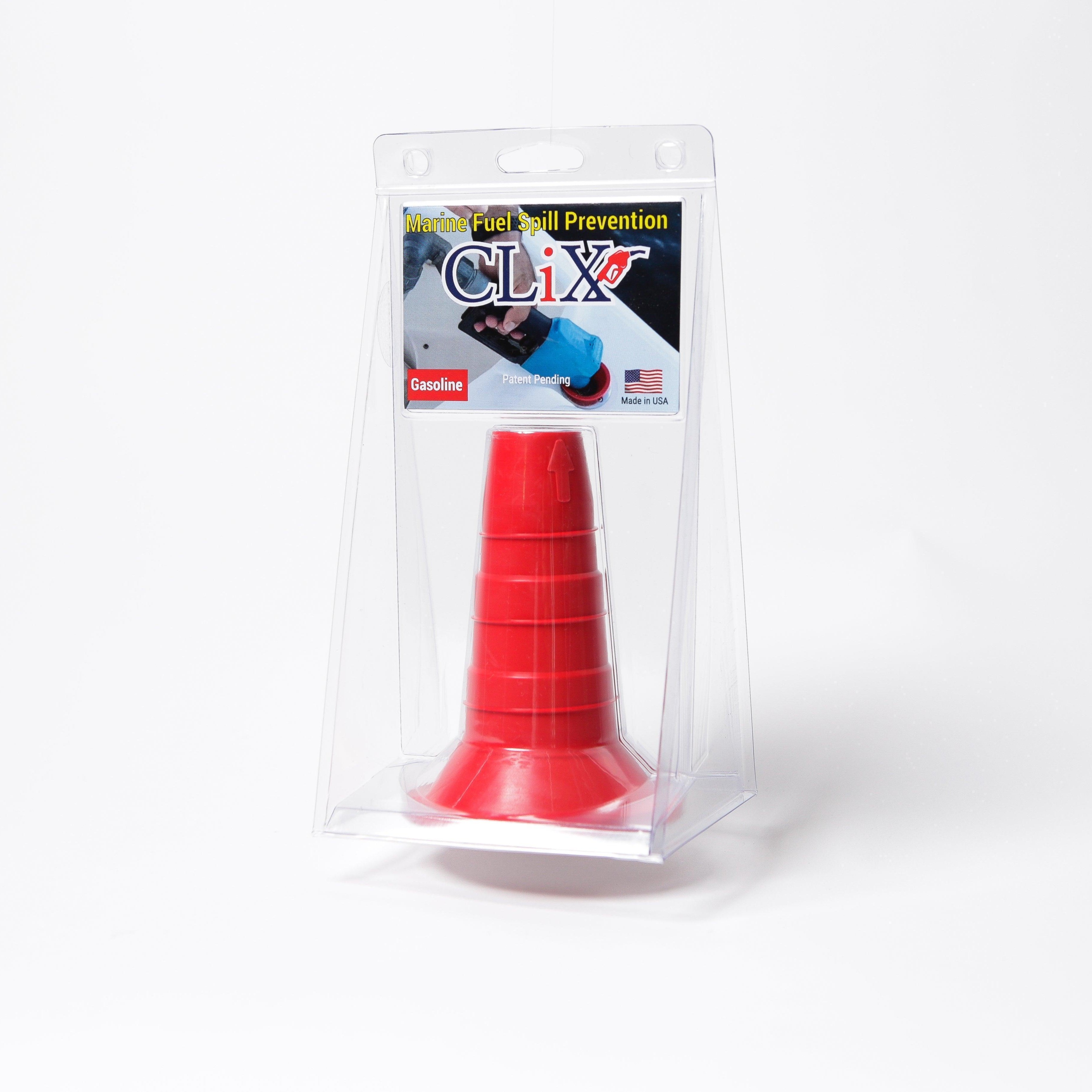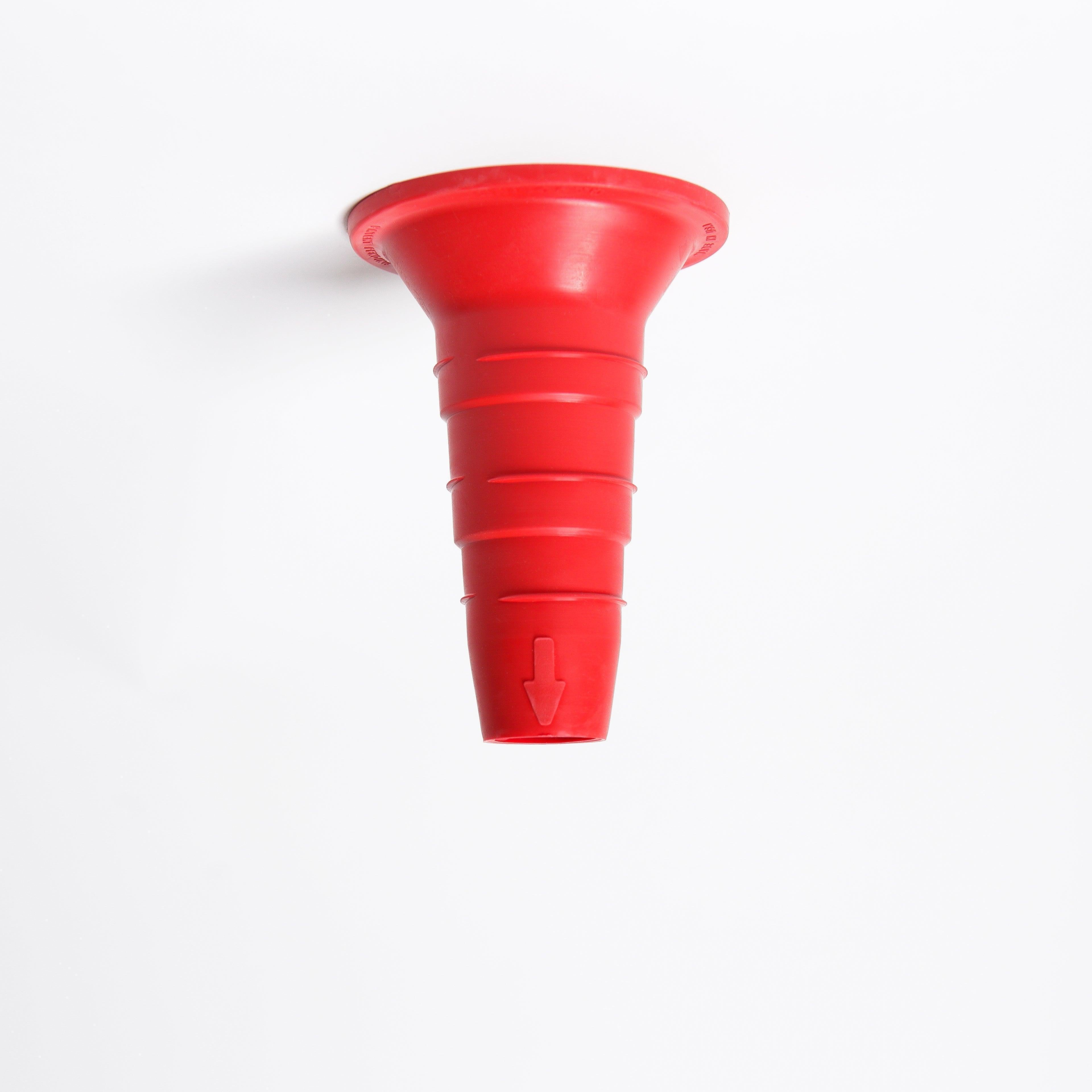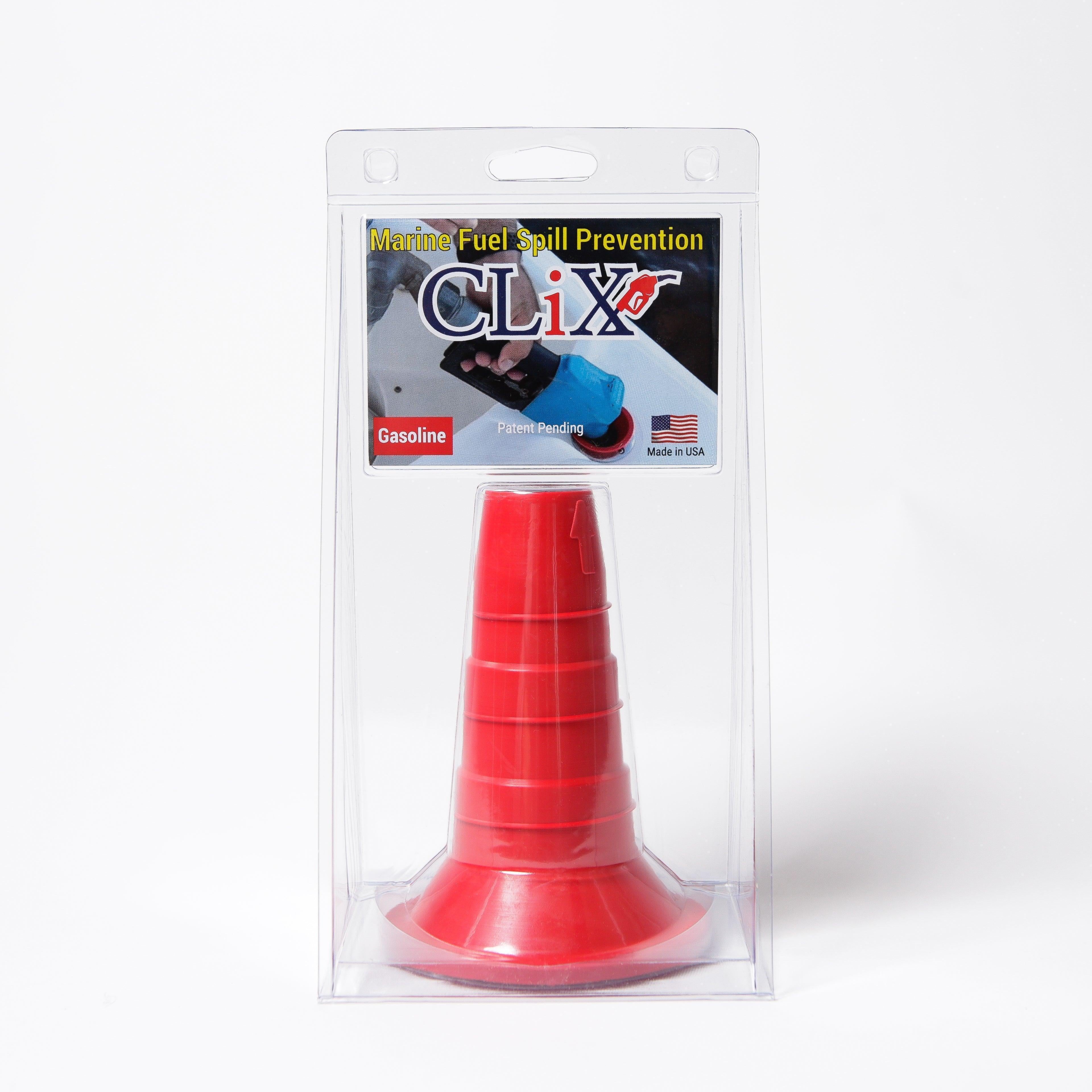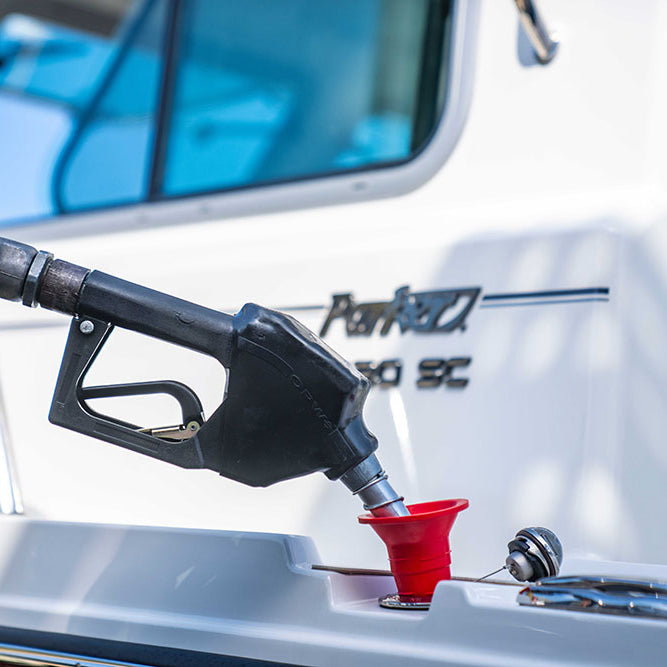The Power of Manual Pumping: Understanding The Essentials
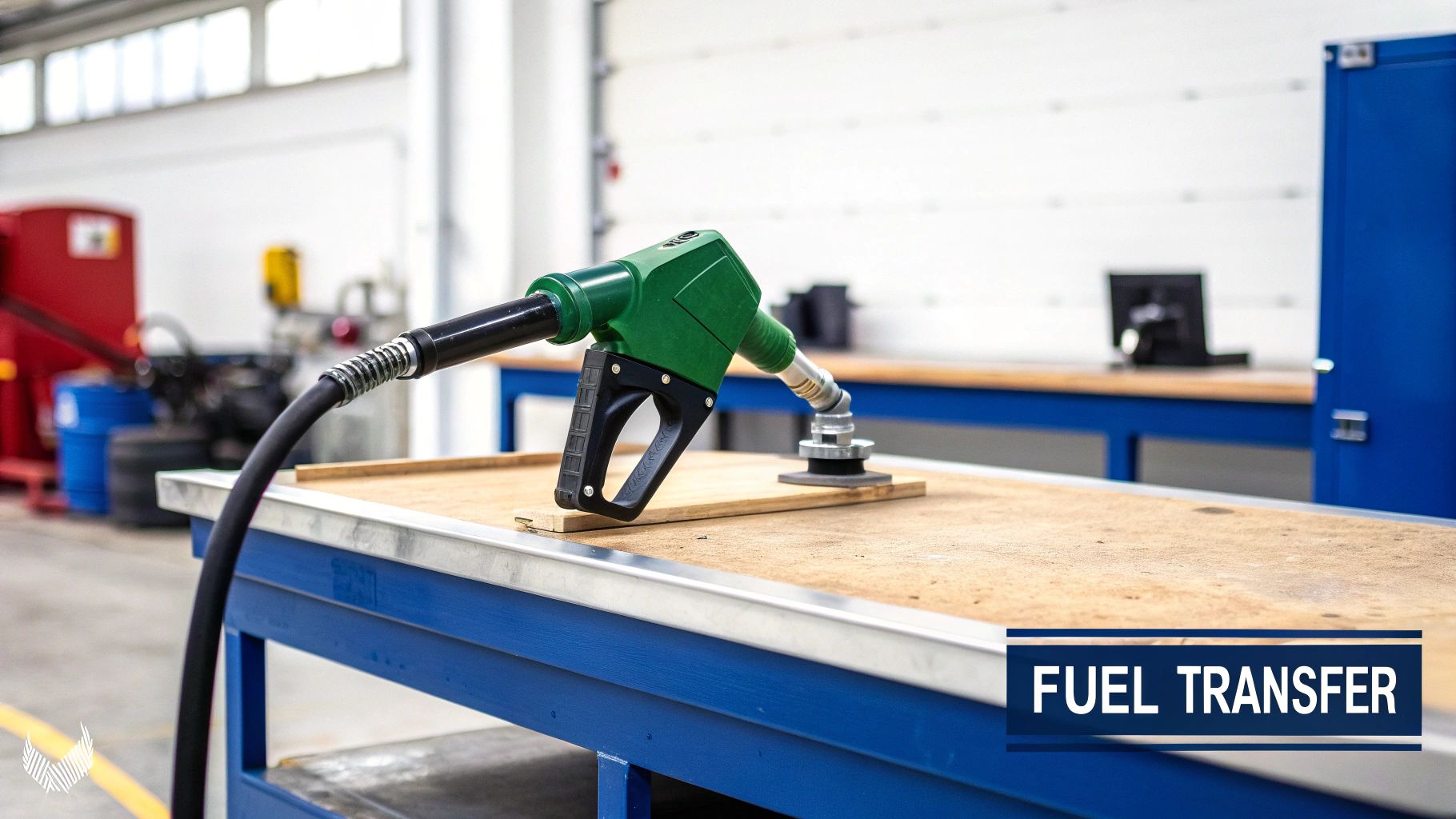
Even in today's world, fuel transfer hand pumps remain an essential tool. Their lasting appeal comes from their simplicity, reliability, and surprising effectiveness. This power is rooted in basic physics, turning manual effort into efficient fuel transfer. Let's explore how these seemingly simple devices accomplish this.
Mechanical Advantage: The Physics of Pumping
Fuel transfer hand pumps use mechanical advantage, specifically the principles of levers and pressure differentials. Imagine a basic lever: a small force on the long end moves a heavier load on the short end. This same concept applies to a hand pump.
The pump handle acts like a lever, increasing the force you apply. This increased force acts on the pump's internal parts, creating a pressure difference. This difference is key for moving fuel. The pump creates high pressure at the inlet and low pressure at the outlet.
Fuel, being a fluid, naturally moves from high to low pressure. This pushes the fuel through the hose and into its container. It's like squeezing a tube of toothpaste: the pressure forces the toothpaste out. This basic principle is used in different pump designs, each with its own benefits.
Exploring Pump Designs: Rotary and Piston Action
Two main designs dominate the fuel transfer hand pump market: rotary pumps and piston pumps. Rotary pumps use a rotating part to create the pressure difference. This makes them good for continuous use with moderate resistance.
Piston pumps, however, use a piston inside a cylinder. This design creates higher pressure, suitable for thicker fluids or transferring fuel longer distances. Picking the right pump depends on what you’re transferring and how you’re using it.
The need for different pump types reflects a diverse and growing market. The global fuel transfer pump market, including hand pumps, was worth USD 1.71 billion in 2021. It's expected to reach USD 2.47 billion by 2029, growing at a 4.7% CAGR. Explore this topic further
Reliability and Durability: The Workhorses of Fuel Transfer
Professionals in various fields, from marine mechanics to emergency responders, often prefer hand pumps, especially in tough conditions. Their simple design makes them durable and low-maintenance.
Unlike electric pumps, hand pumps aren't affected by power outages, electrical problems, or moisture. This inherent reliability makes them essential in remote areas or emergencies. Their predictable, purely mechanical operation, provides control and confidence that electronic systems sometimes lack. Understanding manual pumping basics ensures safe and efficient fuel transfer in many situations.
Finding Your Perfect Match: Exploring Pump Varieties

Not all fuel transfer hand pumps are the same. Choosing the right one for your needs can make a big difference in how efficient and safe your fuel transfers are. This section explores the various types of fuel transfer hand pumps, highlighting their advantages and best uses. Picking the wrong pump can be a real headache and waste valuable time, so understanding the differences is key.
To help you choose the right pump, we've put together a comparison table outlining the key features and ideal applications of each pump type.
To help you choose the right pump, we've put together a comparison table. It outlines the key features and best uses for each type of hand pump. This will give you a clearer picture of which pump is the right fit for your needs.
Comparison of Fuel Transfer Hand Pump Types
A detailed comparison of different hand pump varieties showing their key specifications and ideal use cases
| Pump Type | Flow Rate | Effort Required | Suitable Fuels | Best Applications | Typical Price Range |
|---|---|---|---|---|---|
| Rotary | Medium | Low | Various, including volatile fuels | Marine, recreational vehicles, light industrial | $50 - $200 |
| Piston | High | High | Viscous fluids, thicker fuels | Construction, agriculture, heavy-duty industrial | $100 - $500 |
| Siphon | Low | Low | Thin, non-viscous fuels | Home use, small tanks, emergency transfer | $20 - $50 |
The table above provides a quick overview of the different pump types, their performance characteristics, and typical applications. It highlights the trade-offs between flow rate and effort required, and helps you choose the best pump for your fuel type and application.
Rotary Pumps: Smooth and Steady
Rotary pumps are known for their smooth, continuous flow. This consistent delivery is thanks to a rotating part inside the pump. This rotation creates the pressure needed to move the fuel. Imagine stirring liquid in a circle: the constant movement creates a steady flow. This makes rotary pumps perfect for tasks requiring a consistent flow over longer periods. Their straightforward design makes them durable and easy to maintain.
Piston Pumps: High Pressure Powerhouses
When high pressure is essential, piston pumps are the go-to choice. They use a piston inside a cylinder to build up significant pressure. This mechanism lets them handle thicker fuels and move fuel over longer distances easily. Piston pumps are ideal when other pumps might struggle, providing a robust solution for tough fuel transfer jobs. However, generating that higher pressure does mean you'll need to exert more effort while pumping.
Siphon Pumps: Simplicity for Specific Scenarios
Siphon pumps provide a straightforward, gravity-powered solution. They operate by creating a pressure difference between the fuel source and where you're transferring it to, letting gravity do the work. It's like using a straw to start the flow and then letting the liquid drain naturally. This makes them useful when the fuel source is higher than the receiving container. While siphon pumps work well in specific situations, they are limited by their reliance on gravity and won't work for every fuel transfer job.
Matching Pumps to Real-World Needs
The right fuel transfer hand pump depends on the specific task. For example, boaters often prefer rotary pumps because they handle volatile fuels safely and efficiently. Construction crews, on the other hand, might choose the robust, high-pressure piston pumps for tough job sites. You might be interested in: Exploring more fueling solutions and products. Emergency responders need pumps that perform reliably in high-pressure situations, often making piston pumps a top pick.
Material Matters: Durability and Compatibility
The materials a fuel transfer hand pump is made from are vital to how long it lasts and how well it handles different fuels. Some fuels can corrode certain materials, causing pump failure and potential safety risks. Choosing a pump made from materials that can withstand the specific fuel you're using is crucial. This protects the pump's lifespan and prevents hazardous chemical reactions. Therefore, carefully consider the materials when selecting a fuel transfer hand pump.
Choosing the right pump comes down to factors like flow rate, how much effort is needed to operate it, what fuels it's compatible with, and what you’re using it for. By understanding the different pump types and materials, you can make a smart decision that fits your needs and keeps fuel transfer safe and efficient. This thoughtful approach will lead to better performance and safer fueling operations.
Decision Factors: Choosing Your Ideal Pumping Solution

Selecting the right fuel transfer hand pump is crucial for efficient and safe operations. It's not about finding the cheapest pump. It's about finding the best pump for your specific needs that will last. There are several important factors to consider to make the right choice. Looking for a fuel transfer hand pump? Check out this helpful list of products.
Fuel Compatibility: A Critical Consideration
Fuel compatibility is the first thing you should consider. Different fuels react differently with different materials. Some fuels can corrode certain metals. This could lead to pump failure and even safety hazards. Imagine using the wrong pump with gasoline. Disaster! It is absolutely essential to choose a pump made of materials compatible with your fuel.
Flow Rate Requirements: Matching Pump to Task
Next, think about your required flow rate. Flow rate refers to how much fuel you need to transfer within a certain time. This depends on the size of your tanks and how often you transfer fuel. Don't just focus on the maximum flow rate. Calculate your actual needs. A large fuel tank might need a high flow rate pump to save time. A smaller tank may be fine with a lower flow rate.
Portability vs. Durability: Balancing Needs
You also need to balance portability and durability. A lightweight, portable pump is great for smaller jobs. But if you use a pump frequently, or for demanding tasks, a more durable pump might be a better long-term investment. A lighter pump seems convenient, but a durable pump will likely withstand more wear and tear. A durable pump can also save you money and hassle over time.
Hidden Costs: Thinking Beyond the Initial Price
Finally, consider the hidden costs. A cheap pump may need frequent repairs or replacements. A pump with low-quality seals could leak. Leaks lead to extra costs and safety risks. The initial price isn't the whole story. Sometimes a more expensive pump is actually more economical in the long run. Factor in durability, maintenance, and potential repairs to get a better understanding of the true cost. This will help you choose the best value pump for your specific needs. By carefully considering these factors—fuel compatibility, flow rate, portability versus durability, and hidden costs—you can choose the right fuel transfer hand pump that will provide years of reliable performance. This will ensure safe and efficient fuel transfers, maximizing your investment and minimizing potential issues.
Maximum Performance: Installation and Operation Mastery
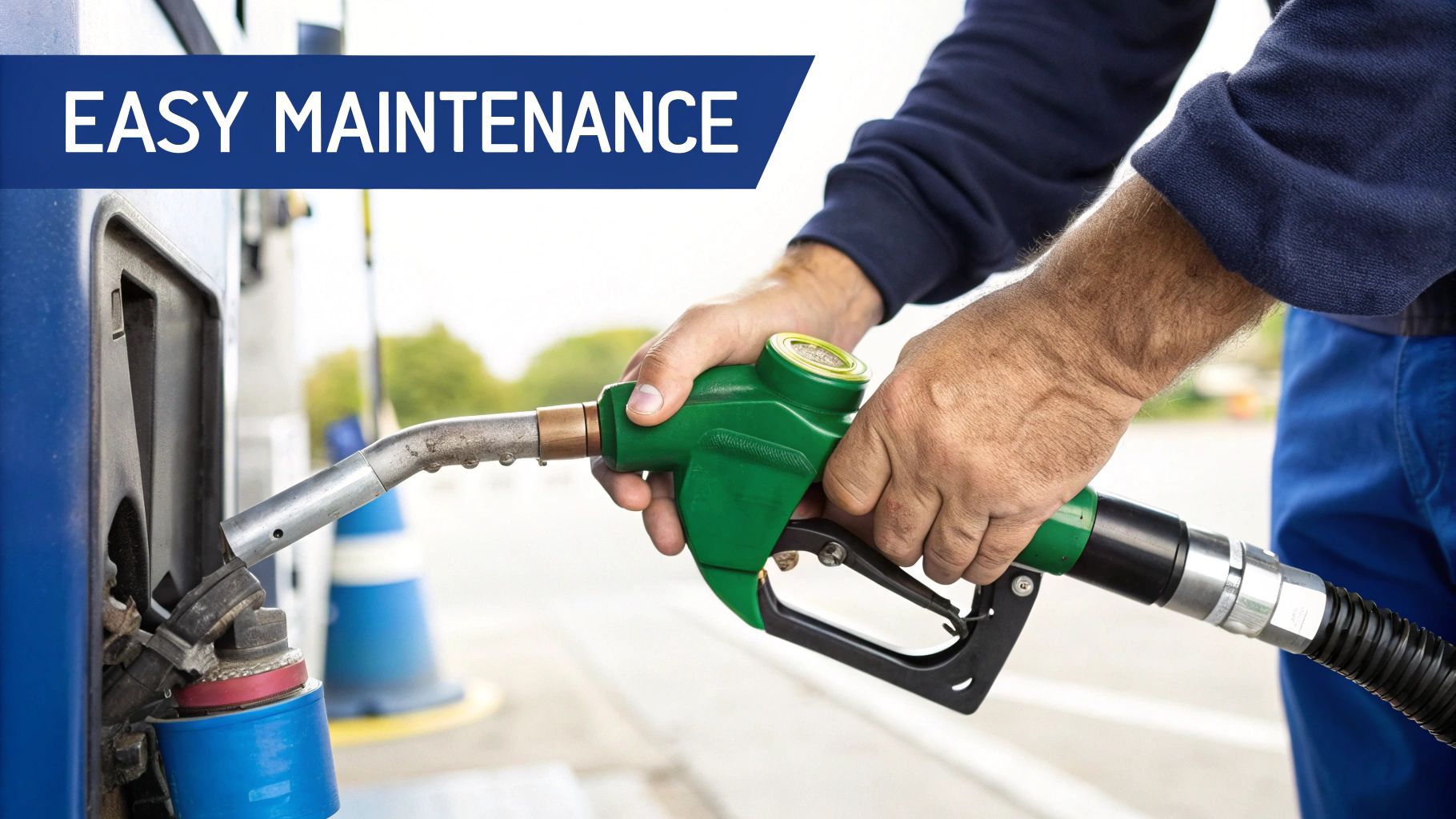
Getting the most out of your fuel transfer hand pump involves more than just skimming the manual. It's about understanding the subtleties of installation and operation. These techniques are often overlooked, but they're essential for maximizing efficiency and minimizing frustration.
Positioning and Mounting: The Foundation of Efficiency
Proper positioning and secure mounting are surprisingly crucial for a fuel transfer hand pump. A shaky pump can lead to air leaks, reducing suction and making the process slower and more difficult.
Think of it like building a house: a solid foundation is paramount. Likewise, a stable pump ensures smooth and efficient fuel transfer.
Mounting your pump on a secure, flat surface, such as a workbench or a dedicated mounting bracket, can greatly improve its performance. Positioning the pump close to the fuel source also minimizes the intake hose length and reduces potential air leaks, dramatically improving suction and transfer speed.
Priming and Rhythm: The Secrets of Smooth Flow
Correctly priming your fuel transfer hand pump is vital for establishing a quick flow. Experienced operators use specific priming techniques to avoid tiring themselves out before the fuel starts moving. It's similar to starting a siphon; you need to create that initial vacuum.
Maintaining a consistent pumping rhythm also maximizes transfer rates and minimizes operator fatigue. A smooth, steady rhythm, instead of short, jerky pumps, creates a more consistent flow and extends the pump's lifespan by reducing wear and tear.
Handle Techniques and Fuel Viscosity: Adapting to the Task
How you operate the handle significantly impacts your efficiency. Proper techniques can even double the transfer rate while reducing strain on your arms and back. Think of rowing a boat: a smooth, controlled stroke is far more efficient than frantic splashing.
Different fuel viscosities require different approaches. The best method for transferring diesel might not be ideal for gasoline. Thicker fluids, like diesel, require more force to move, while thinner fuels, like gasoline, flow more easily. Temperature also affects viscosity, so adjust your pumping technique accordingly.
Before we discuss further techniques, let's review some essential safety procedures. The following table outlines a safety checklist for fuel transfer operations.
This table, "Safety Checklist for Fuel Transfer Operations," outlines essential safety procedures and checks when using manual fuel transfer pumps.
| Safety Measure | Purpose | Implementation | Required Frequency |
|---|---|---|---|
| Check for leaks | Prevent spills and fire hazards | Inspect hoses, connections, and pump seals | Before each use |
| Proper ventilation | Avoid inhaling fumes | Work in open, well-ventilated areas | Always |
| Grounding | Prevent static electricity buildup | Use grounding straps and ensure proper bonding | Before each use |
| Fire extinguisher | Address potential fires | Keep a suitable fire extinguisher nearby | Always |
Following this checklist helps ensure safe and efficient fuel transfer operations. Regularly inspecting equipment and maintaining a safe environment are paramount for preventing accidents.
By mastering these techniques—proper positioning, secure mounting, effective priming, a consistent rhythm, and adapting your handle technique—you'll unlock the maximum performance of your fuel transfer hand pump. This results in faster transfers, reduced effort, and a longer lifespan for your equipment.
Beyond The Basics: Innovative Applications Across Industries
While you might typically associate fuel transfer hand pumps with simple fueling tasks, they’re surprisingly versatile. Professionals in a variety of industries have found clever ways to adapt these straightforward yet effective tools for a wide array of uses. This ingenuity speaks to the adaptability of manual pumps in tackling unique challenges across diverse sectors.
Agriculture: From Irrigation To Livestock
In agriculture, fuel transfer hand pumps are invaluable for much more than just keeping machinery running. Farmers have creatively employed them for tasks like priming irrigation systems, particularly in areas with unreliable power. This allows for quick and efficient water flow, ensuring crops get vital hydration even during outages. Some farmers also use hand pumps for emergency livestock watering, a critical backup during droughts or equipment malfunctions. This ensures animal well-being even under difficult circumstances.
Marine Operations: Bilge Management And More
Marine operations also benefit from the adaptability of fuel transfer hand pumps. Beyond fueling, these pumps are vital for bilge water management, crucial for maintaining vessel stability and preventing contamination. They’re also used for delicate contamination control, like transferring small amounts of hazardous fluids, minimizing environmental impact. Proper installation is vital for effective pump operation. For a detailed guide, see this helpful resource on valve installation. This dual functionality makes them valuable for routine maintenance and emergencies alike.
Construction And Mining: Remote Reliability
In the construction and mining industries, particularly in remote areas, fuel transfer hand pumps provide reliable solutions. Construction crews use them to create makeshift pumping systems for various on-site needs, from dewatering trenches to transferring concrete admixtures. This allows projects to continue even without specialized equipment. Mining operations, known for their tough conditions, often depend on backup manual pumping systems. This provides a critical safety net during power failures or equipment breakdowns, ensuring continued operation.
Emergency Services: Disaster Response
Emergency services also utilize fuel transfer hand pumps in disaster response. These pumps are essential for transferring water and other vital fluids when power is out or infrastructure is damaged. Their simplicity, portability, and reliability make them ideal for rapid deployment in disaster zones, enabling crucial aid delivery and rescue work. For more information on fueling solutions, you can explore additional articles from CLiX Fueling.
These diverse applications show that the humble fuel transfer hand pump is much more than a basic tool. Its adaptability, reliability, and user-friendliness make it a valuable asset across numerous industries, proving its worth far beyond its initial purpose. Its simplicity and versatility contribute significantly to operational efficiency and safety in these sectors.
Extending Pump Life: Preventative Care and Problem-Solving
A fuel transfer hand pump is a simple but important investment. To make it last, shift your maintenance approach from reactive to proactive. Instead of just fixing problems as they appear, focus on preventing them. This proactive approach will save you time, money, and frustration in the long run.
Cleaning: The Key to Longevity
Microscopic contamination is a major cause of early seal failure in hand pumps. Think of it like arteries getting clogged: small particles restrict flow and eventually cause big problems. Professionals use specific cleaning protocols, and you should too.
- For gasoline: Use a carburetor cleaner to remove varnish and gum.
- For diesel: Use a diesel fuel system cleaner to remove sludge and contaminants.
- General cleaning: Flush the pump with clean fuel after each use. This removes fuel residue and reduces the buildup of harmful deposits.
Cleaning your hand pump isn't a one-size-fits-all process. Different fuels need specific cleaning approaches. For more tips, check out this guide on How to master fuel transfer hand pump maintenance.
Lubrication: Keeping Things Moving Smoothly
Proper lubrication is essential, especially in extreme temperatures. Hand pumps, like any mechanical device with moving parts, need lubrication to work smoothly. The right lubricant prevents friction and reduces wear and tear.
- High temperatures: Use a high-temperature grease. This prevents the lubricant from thinning out and losing effectiveness.
- Low temperatures: Use a low-temperature grease to prevent the pump from seizing up in cold weather.
- Regular lubrication: Check your pump's manual for recommended lubrication points and frequency. Regular lubrication ensures consistent performance and a longer pump life.
Inspection: Catching Problems Early
Regular inspections are vital for finding small issues before they become major problems. Addressing potential problems early prevents significant damage or downtime.
- Visual inspection: Look for cracks, leaks, and signs of wear.
- Check valves and seals: Make sure they are working correctly and are not damaged.
- Handle operation: The handle should move smoothly. Stiffness or difficulty could indicate an internal problem.
Troubleshooting Common Problems
Even with regular maintenance, issues can still occur. Here’s a simple troubleshooting guide:
| Problem | Possible Cause | Solution |
|---|---|---|
| Reduced suction | Clogged intake | Clean the intake filter or hose. |
| Handle resistance | Lack of lubrication | Lubricate the pump's moving parts. |
| Leaks | Damaged seal | Replace the damaged seal. |
Knowing how to troubleshoot these common problems helps you fix issues quickly and minimize downtime.
Professional vs. DIY Maintenance
You can do many maintenance tasks yourself, but it’s important to know when to call a professional. Some repairs, especially those involving internal parts, need special tools and expertise.
DIY tasks: Cleaning, lubrication, and basic inspections. Professional tasks: Major repairs, seal replacement, and complex troubleshooting.
By following these preventative care and problem-solving tips, you can maximize the lifespan of your hand pump. This proactive approach ensures reliable performance and saves you money on expensive repairs.
Looking for a reliable fueling solution for your boat? Check out CLiX Fueling Solutions at https://clixfueling.com. Our system provides a stress-free, spill-free fueling experience, preventing overfills and protecting your boat and the environment.

